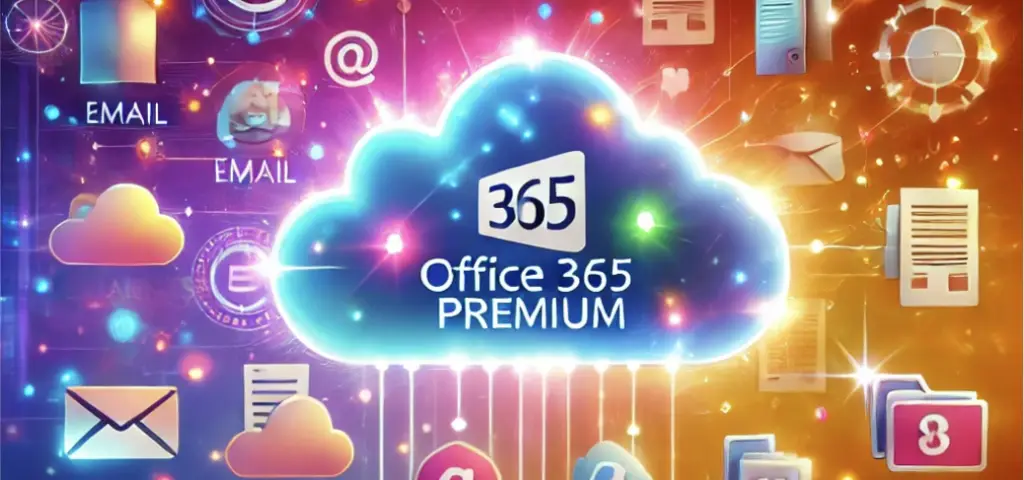In today’s digital world, staying secure online is more challenging than ever. Multifactor authentication (MFA) was once seen as a gold standard for protecting accounts, adding an extra layer of security beyond just a password. But times have moved on, and so have cybercriminals. They’ve found clever ways to work around MFA, and the technology isn’t keeping up with the pace of modern threats. Let’s look at why MFA isn’t cutting it anymore.
Smarter Cyber Threats
Hackers are constantly finding new tricks. Take SIM swapping, for example—this is where a criminal hijacks your phone number, intercepts your MFA codes, and uses them to break into your accounts.
Then there’s social engineering. This involves tricking people into giving away their passwords or codes—sometimes through fake emails or websites. It’s shockingly easy for hackers to pull off and very hard for MFA to stop.
The Flaws in MFA
MFA isn’t perfect. Many people find it a hassle—those extra steps can feel annoying, and plenty of folks just skip using it altogether. If a security measure isn’t easy to use, it’s unlikely to catch on widely.
Another problem is that a lot of MFA systems still rely on older tech like text messages or email verification. These methods were strong years ago, but hackers have caught up. They’re now some of the easiest targets.
What’s Next After MFA?
Thankfully, better options are emerging. Biometric authentication—things like fingerprints or facial recognition—offers stronger protection because it’s based on unique physical traits that are incredibly difficult to fake.
There’s also behavioural analytics, which looks at how you interact with your devices—like how you type or move your mouse. If something seems out of the ordinary, it raises a red flag.
Another exciting development is passwordless authentication. This uses things like cryptographic keys or biometrics instead of traditional passwords. It’s simpler for users and far tougher for attackers to exploit.
Preparing for a Post-MFA World
To move forward, we need to think differently about security. The Zero Trust model is one approach that’s gaining traction. It assumes nobody can be trusted by default—every step requires verification, no matter how secure the network seems.
Education is another big piece of the puzzle. Businesses need to teach their teams and customers how to use modern security tools effectively. Simple, clear instructions can make a world of difference.
It’s also important to invest in systems that can adapt. New tools should work well with what’s already in place, making it easier to switch to better security measures.
Final Thoughts
MFA had its moment, but it’s no longer enough to keep us safe in today’s digital landscape. Cybercriminals have become too advanced, and old methods just can’t keep up. The future lies in smarter solutions like biometrics and passwordless systems. Businesses need to embrace these changes and take action to stay ahead of the curve. The key to staying secure is to keep evolving.


